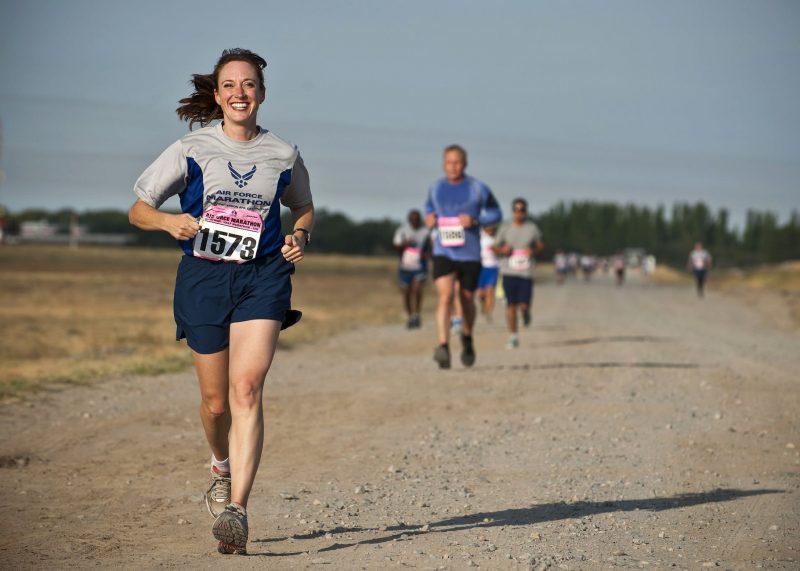
Course insight: Diet, physical activity, and fitness
Today, I will introduce you to one of our most recent courses where we learned everything about assessing diet, physical activity, and fitness. Having a healthy diet, being active, and being physically fit are all important aspects of our health, but how do we measure them?
Diet
Would you know what your exact “normal” diet consists of? If you think you know you are probably wrong. We go through so many changes depending on the year, and the season, and every single day it makes it incredibly difficult to determine the exact “normal” diet. This is one of the biggest hurdles for researchers to evaluate the diets of populations and groups of people but especially for individuals.
In our course, we mainly focused on two methods. The food frequency questionnaire (FFQ) and weighed day record. FFQs are long questionary asking what you have eaten the past year. They have a long list of food products that you can tick how often you eat from for example never to 8 times per day. You might see the issue with this method is our being. I do not remember what I ate yesterday for dinner. So, you can imagine recalling how I usually eat in one year can become tricky.

On the other hand, in a weighed record you are supposed to measure everything you eat with a scale and fill it out like a dietary. We did it for 3 days and I can tell you it is tedious! Weighed everything you eat for 3 days makes you question if you really want to cook this extravagant meal with 15 ingredients or just settle for rice. This is an issue because you alter your diet from what you would normally eat. Additionally, for most people, 3 days do not represent what you eat normally consume in a month or a year.
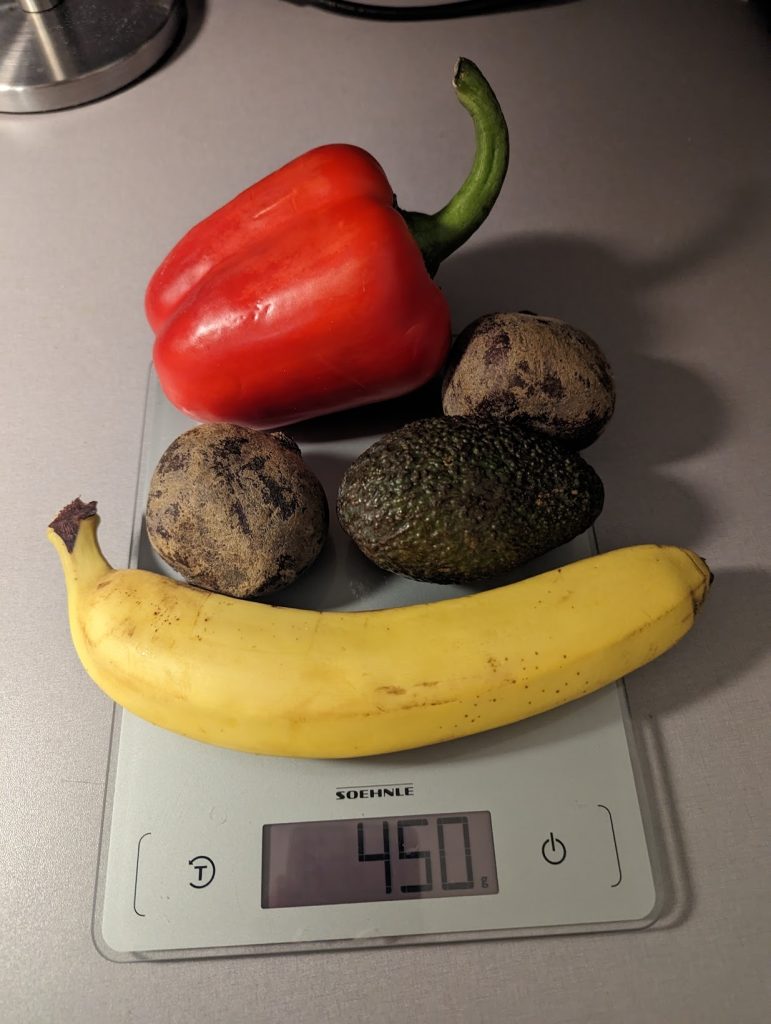
Every method has pros and cons but it is important to learn their limitations and when to use them.
Physical activity
“How much do you move and how active are you?” is the other side of the same coin. We had a physical diary log where we wrote every 15 minutes how active we were relative to rest. You can imagine the fun of filling that out! The other method was an accelerometer which is a device that as the name implies analyses your acceleration and estimates based on the height and weight of your physical activity.
It was very interesting seeing the intensity when playing sports and activities on the daily basis!
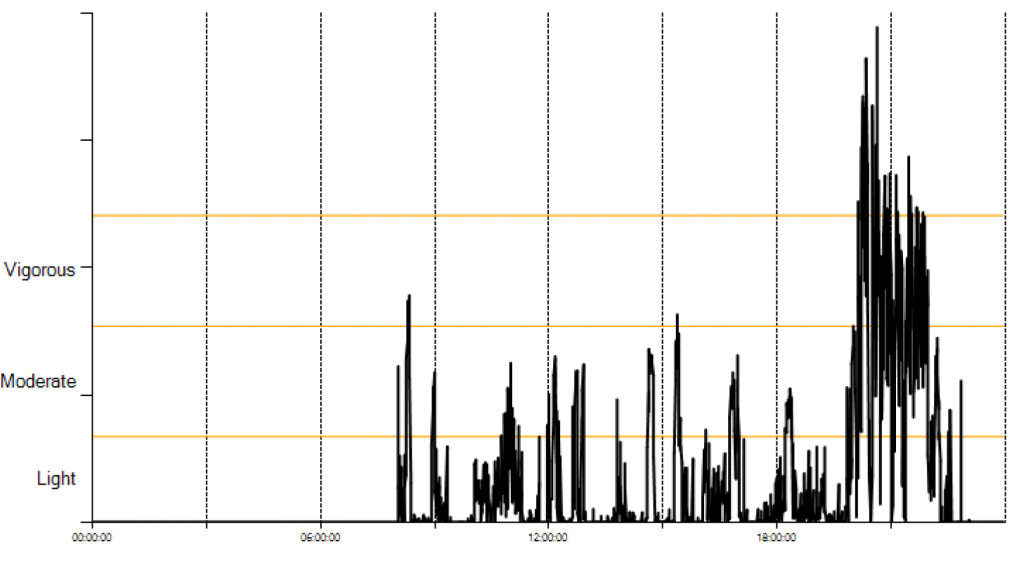

Fitness
There are many components to your physical fitness. We did many different tests and measurements but one of the funniest might have been the UKK walk test which measures your cardiorespiratory fitness. Cardiorespiratory fitness is a measure of how well your heart, blood vessels, and lungs function. You need to walk for 2 km as fast as possible without running. You can imagine the expression on people’s faces when 34 students are powerwalking in the snow across the campus.


Otherwise, we looked at body measurements like height, weight, and body fat percentage. The one that looks like a spaceship is a BodPod. It measures the displacement of air and therefore determines body fat percentage.
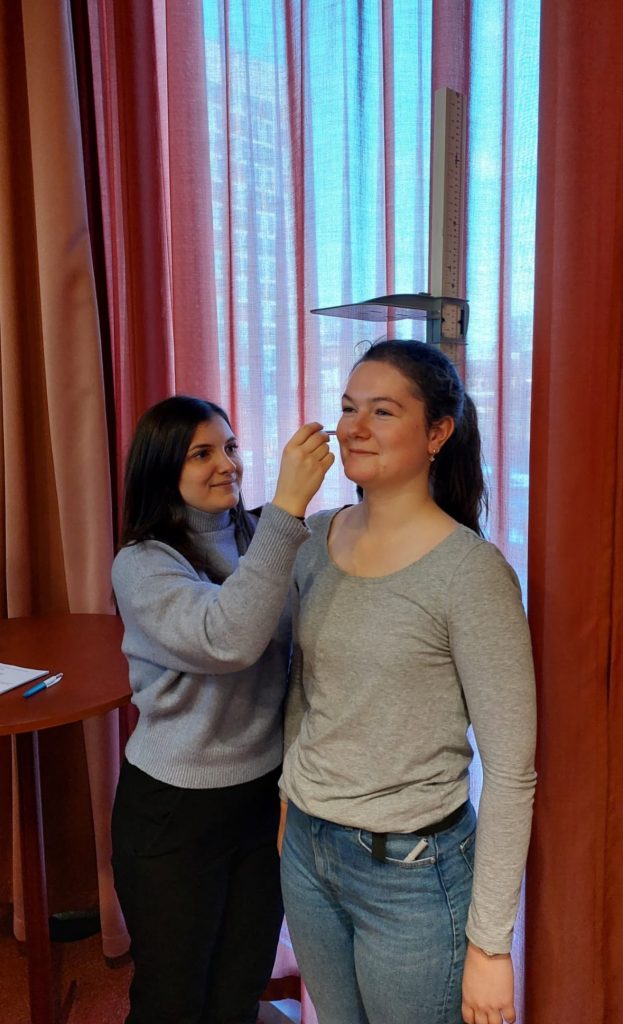
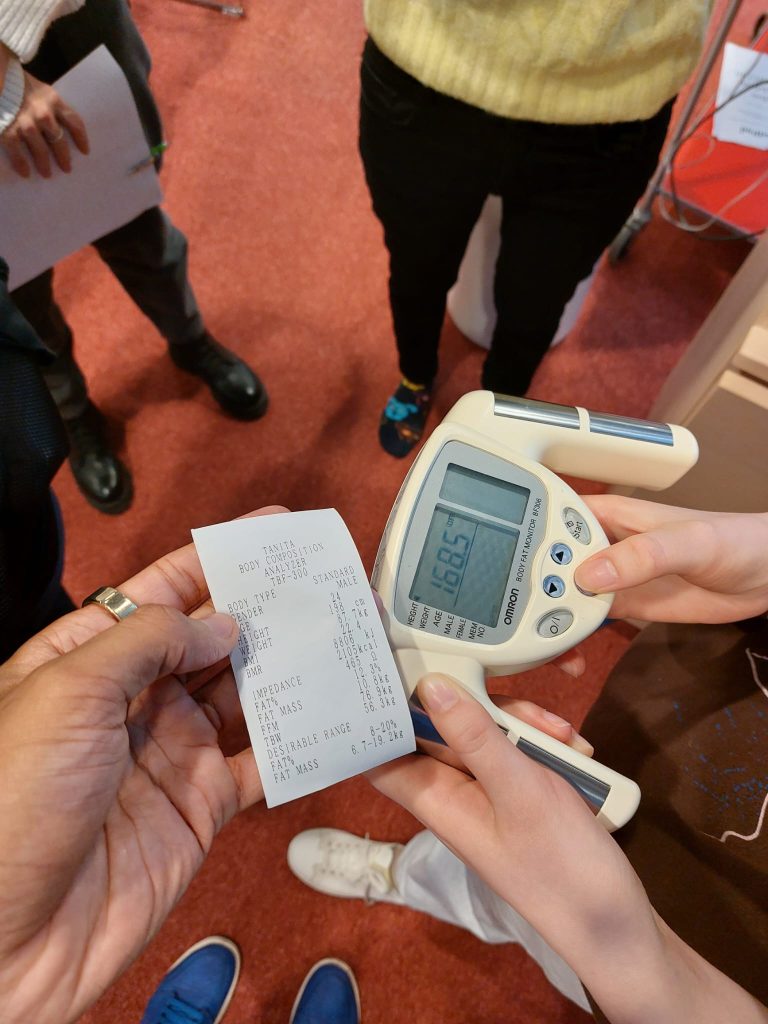
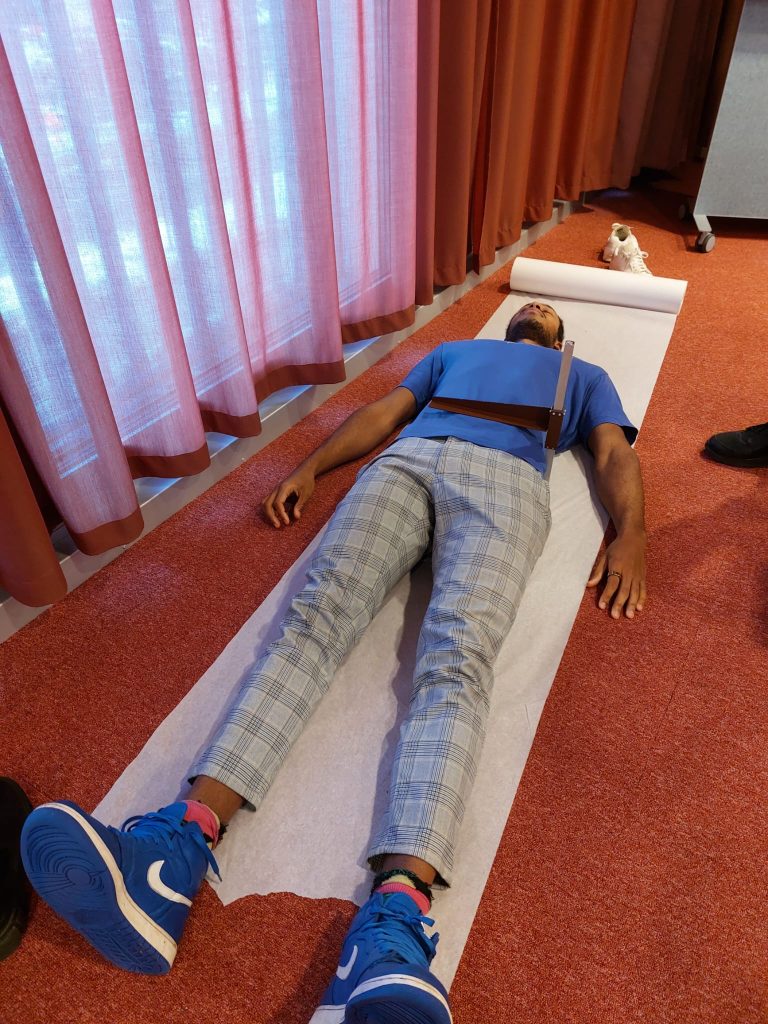

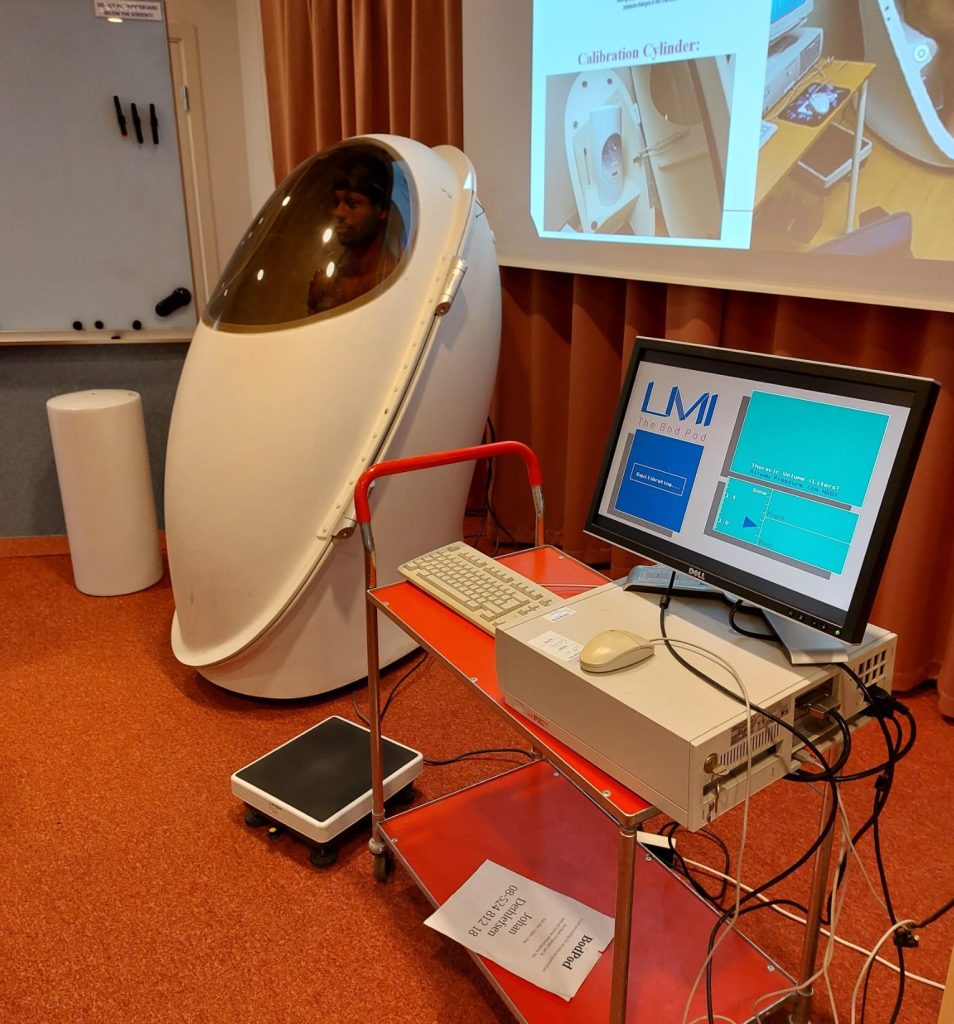
I hope you liked the insight into one of our courses! If you have any questions or feedback feel free to comment down below or contact me through my profile!
-Tade

Tade - Nutrition Science
I am Tade. I am Nigerian/German and the blogger for the Master’s Programme in Nutrition Science. Before KI, I was studying in the Netherlands. My whole life I was interested in food and sports, and that is why I decided to study nutrition. When I learned about KIs group-focused teaching and the international environment I knew where I wanted to go. When I am not exploring or trying different foods I am playing basketball in Solna. If you are ever up for the challenge, you know where to find me!

0 comments